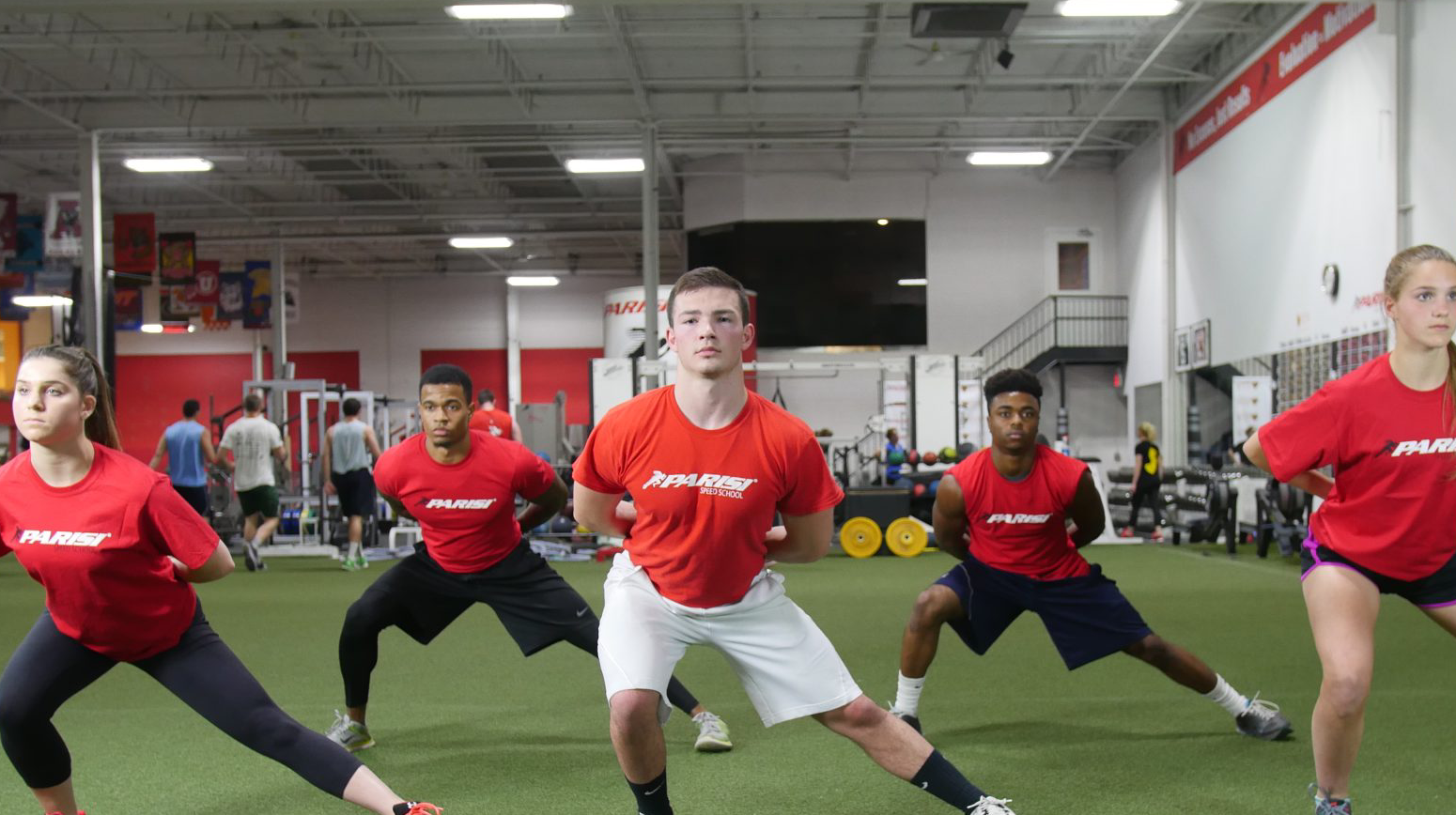Coach, welcome to another month of awesome research reviews. First up for this month we take a look at how different resisted sprints affect sprint kinematics. Simply put, I wanted to find a decent study that looks at the effects of added resistance on sprint form.
If you’re new here, here’s how these research reviews break down…
Part 1: What we know.
This is going to explain what the research was looking to study, how they studied it, and why you should care.
Part 2: Any comments or concerns about what the study is showing?
Sometimes the best research study looks so good on paper, but then when you dive in you see that it was done on olympic athletes, or was sponsored by a specific company, or something else that can throw a major red flag on its effectiveness in practical use. Alas, that is what we are for here at Parisi HQ
Part 3: How can I use this?
This part is going to explain practical applications of the research. Typically research is lab based and can be hard to replicate when you’re a Performance Coach on a budget. I’m going to do my best to break down how you can actually apply this research to you coaching
Here’s the article of note, in MLA citation format for you grammar nerds out there…it’s hyperlinked to the text in case you want to dive in yourself.
Part 1: What we know.
We know 20 athletes were broken down in to 3 groups. The first group was unresisted. The second group wore a weight vest. The third group ran with a drag sled. What’s really interesting on this study is they didn’t set out to see how the different types of external load improved/decreased speed. The purpose of the study was to identify positive and/or negative mechanical changes in sprint form as a result of the load. Kind of neat.
What we also know is that the loads used were 15-20% of the athlete’s bodyweight. Wowza that could be a lot. Imagine carrying an extra ⅕ of body mass unevenly distributed on your body via a weight vest?
As you can probably imagine from that statement above, the results weren’t great. Both the sled and the vest slowed athletes down substantially. One of the draws the this study is I don’t think it really highlights if the tools used is ‘bad’ or ‘good’, rather It is shining a light on the percentage of added weight used. By the looks of it, the major culprit was a decreased stride length that had a ripple effect up the body.
Part 2: Any comments or concerns about what the study is showing?
What’s cool about this study is that it used two of the most common sprint resistance tools – the weight vest and the drag sled- pretty awesome. Again, I don’t think this study set out to say ‘this tool is bad’ or ‘this tool is good’ – rather – I think this study does a great job in showing that the amount of external load plays a critical part in negatively affecting an athlete’s sprint kinematics.
I don’t have any real qualms with this study, however, it would be very cool to see EMG data on muscle activity with the two different external loads- specifically glute and quad activity.
Part 3: How can I use this?
In Parisi-land our golden rule is to never exceed 10% of the athletes bodyweight as an external load. I also have never, once ever, in our training system been coached that weighted vests are suitable tools to provide external loads. If you’re a seasoned veteran of All Access, then you’ve read the research review on HEAVY sled sprints and its effect on sprints. That study looked at loads greater than 80% – it acknowledged a shorter stride- but it really worked to study the ground force relationship with the heavy load. The outcome of that study was to know your expectations. The outcome for this study is that external loads change kinematics. For some athletes, that could be good, for some, bad.
